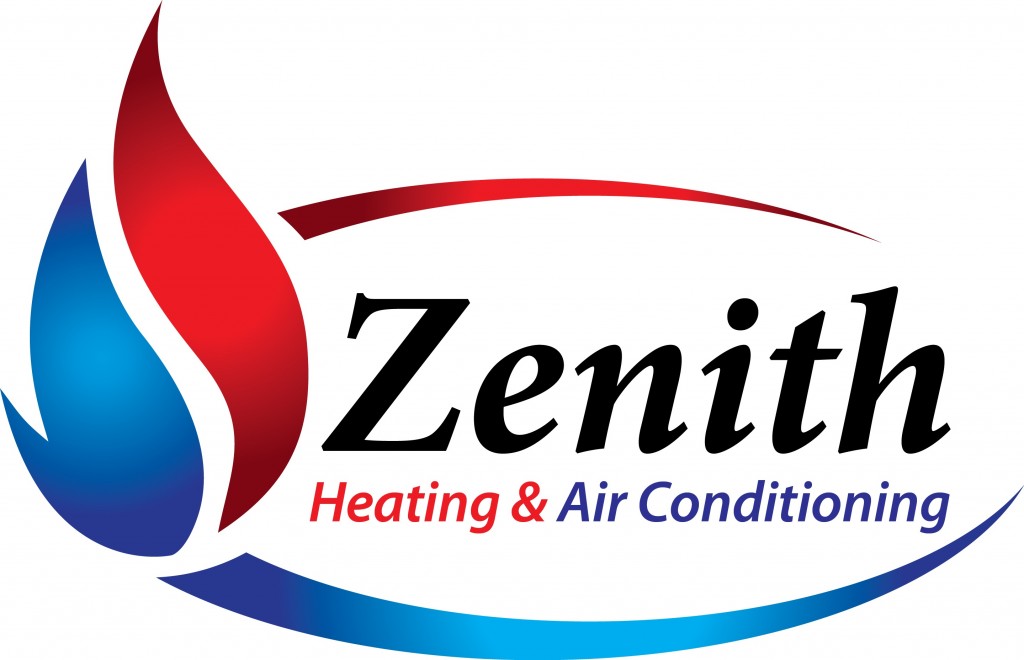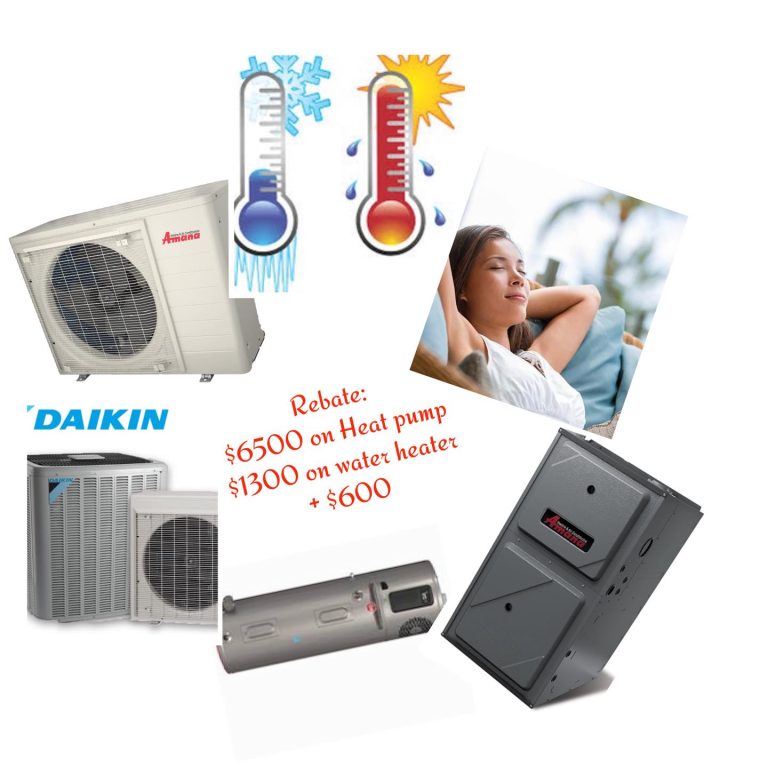What is a Heat Pump? Definition and Basic Principles
A heat pump is a versatile and energy-efficient heating, ventilation, and air conditioning (HVAC) system that transfers heat from one location to another, typically from a lower-temperature environment to a higher-temperature one. It works on the principle of moving thermal energy rather than generating it through combustion or resistance heating, making it an eco-friendly and cost-effective solution for maintaining comfortable indoor temperatures.
Basic Principles of Heat Pump Operation:
Heat Transfer:
Heat pumps rely on the basic scientific principle that heat naturally flows from a warmer area to a cooler area until a balance in temperature is achieved. The goal of a heat pump is to reverse this process, moving heat against the natural gradient, from a cooler space to a warmer one.
Refrigeration Cycle:
Heat pumps operate using a refrigeration cycle that involves four main components: evaporator, compressor, condenser, and expansion valve. These components work together to facilitate the transfer of heat.
1. Evaporation:
A liquid refrigerant is evaporated in the indoor evaporator coil. As it evaporates, it absorbs heat from the indoor air, cooling it in the process.
2. Compression:
The low-pressure vaporized refrigerant is then compressed by the compressor. Compression increases its temperature and pressure, transforming it into a high-pressure, high-temperature gas.
3. Condensation:
The hot, pressurized gas flows through the outdoor condenser coil, where it releases heat to the outdoor air. As the refrigerant loses heat, it condenses back into a liquid state.
4. Expansion:
The high-pressure liquid refrigerant passes through an expansion valve, which causes it to expand and drop in pressure, transforming it back into a low-pressure vapor. This cycle then repeats.
Dual Functionality:
One of the significant advantages of heat pumps is their ability to provide both heating and cooling. By reversing the refrigeration cycle, a heat pump can extract heat from the outdoor air, ground, or water source even in cold weather and transfer it indoors for heating. In warm weather, the cycle is reversed to provide cooling by transferring indoor heat to the outside environment.
Types of Heat Pumps:
There are three main types of heat pumps based on their heat source:
Air-Source Heat Pumps (ASHP):
These heat pumps extract heat from the outdoor air and are suitable for moderate climates. They can provide both heating and cooling.
Ground-Source Heat Pumps (GSHP), also known as Geothermal Heat Pumps:
These utilize the relatively constant temperature of the ground or a water source as their heat exchange medium. They are highly efficient but often require more upfront installation costs.
Water-Source Heat Pumps (WSHP):
Similar to GSHPs, these pumps use water bodies like lakes, rivers, or wells as their heat source. They are particularly effective in locations with access to water bodies.
In summary, a heat pump is a sophisticated HVAC system that efficiently moves heat between different environments, allowing it to serve as both a heating and cooling solution. Its ability to harness and transfer thermal energy makes it a sustainable and energy-saving option for maintaining indoor comfort.
Upgrade to a Cold Climate Heat Pump today and enjoy both comfort and energy savings. With government rebates of $6500+ $600, making the switch is more affordable than ever!

